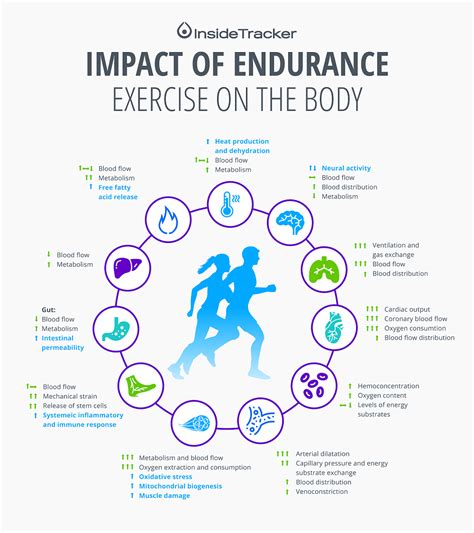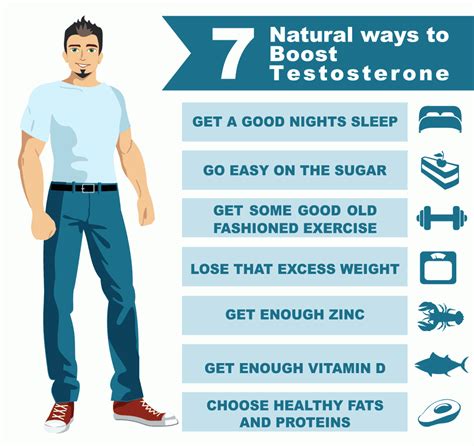What’s the key fitness strategy to optimize male power & endurance?

Optimizing male power and endurance is not about choosing one over the other, but rather a sophisticated integration of training modalities, nutrition, and recovery. The key lies in a holistic, periodized strategy that simultaneously develops explosive strength, sustained stamina, and robust recovery mechanisms. It’s a journey of intelligent progression, challenging the body to adapt and excel across a broad spectrum of physical demands.
The Integrated Approach: A Holistic Framework
The most effective strategy recognizes that power and endurance, while seemingly distinct, are deeply interconnected. True athletic prowess in men often requires elements of both: the ability to generate maximal force quickly (power) and to sustain high-intensity efforts over time (endurance). A successful strategy avoids overspecialization, instead fostering a balanced physiological development that enhances overall performance and resilience.

Foundation 1: Progressive Resistance Training for Power
For developing raw power, resistance training is paramount. This goes beyond mere muscle building; it focuses on neurological adaptations that enable muscles to contract more forcefully and rapidly. Compound lifts are the cornerstone: squats, deadlifts, bench presses, and overhead presses, performed with heavy loads (1-6 repetitions) and excellent form, are critical for stimulating Type II (fast-twitch) muscle fibers.
Incorporating Olympic lifts (cleans, snatches) and plyometrics (box jumps, broad jumps) further refines explosive power. These movements teach the body to accelerate and decelerate efficiently, transferring force effectively. Progressive overload – continually increasing the challenge – is non-negotiable for sustained power gains.

Foundation 2: Diverse Cardiovascular Conditioning for Endurance
Endurance isn’t just about running long distances; it’s about the body’s ability to efficiently use oxygen and delay fatigue. A diverse approach is key, combining both High-Intensity Interval Training (HIIT) and Low-Intensity Steady-State (LISS) cardio.
- HIIT: Short bursts of maximal effort followed by brief recovery periods (e.g., sprints, cycling intervals). HIIT improves VO2 max, enhances anaerobic capacity, and teaches the body to recover faster between efforts – crucial for power athletes who need repeated bursts.
- LISS: Longer duration, moderate-intensity activities (e.g., jogging, swimming, cycling). LISS builds aerobic base, improves cardiovascular health, aids active recovery, and enhances fat utilization for sustained energy.

The Critical Role of Nutrition and Hydration
Performance optimization is impossible without precise fueling. A diet rich in lean proteins supports muscle repair and growth, while complex carbohydrates provide the sustained energy required for intense training and recovery. Healthy fats are essential for hormone production and overall cellular health. Nutrient timing – consuming specific macronutrients around workouts – can further enhance recovery and adaptation.
Hydration is equally vital. Even mild dehydration can significantly impair both physical and cognitive performance. Consistent water intake throughout the day, especially before, during, and after training, ensures optimal physiological function and nutrient transport.
Optimizing Recovery and Lifestyle Factors
Training breaks down the body; recovery builds it back stronger. This phase is non-negotiable. Aim for 7-9 hours of quality sleep per night, as this is when muscle repair, hormone regulation (including testosterone and growth hormone), and neurological recovery primarily occur. Active recovery (light walks, stretching, foam rolling) can improve blood flow and reduce muscle soreness.
Stress management is also crucial. Chronic stress elevates cortisol, which can hinder recovery, muscle growth, and even testosterone production. Techniques like meditation, mindfulness, and ensuring adequate rest periods can significantly impact performance.

Periodization: The Blueprint for Continuous Progress
To avoid plateaus and overtraining, a periodized training plan is essential. This involves systematically varying training volume, intensity, and exercises over cycles (e.g., mesocycles of 4-6 weeks, microcycles of 1 week). A common approach might involve phases focused more on strength, followed by phases emphasizing power, and then endurance, or a concurrent training model that balances all elements within a single cycle, with strategic deload weeks for recovery.

Conclusion
The key fitness strategy to optimize male power and endurance is an intelligent, integrated, and progressive approach. It demands consistent commitment to heavy, compound lifting for power, diverse cardiovascular work for endurance, meticulous nutrition, and disciplined recovery. By holistically addressing these pillars within a well-structured, periodized plan, men can unlock their full athletic potential, achieving a formidable balance of strength, speed, and stamina.








